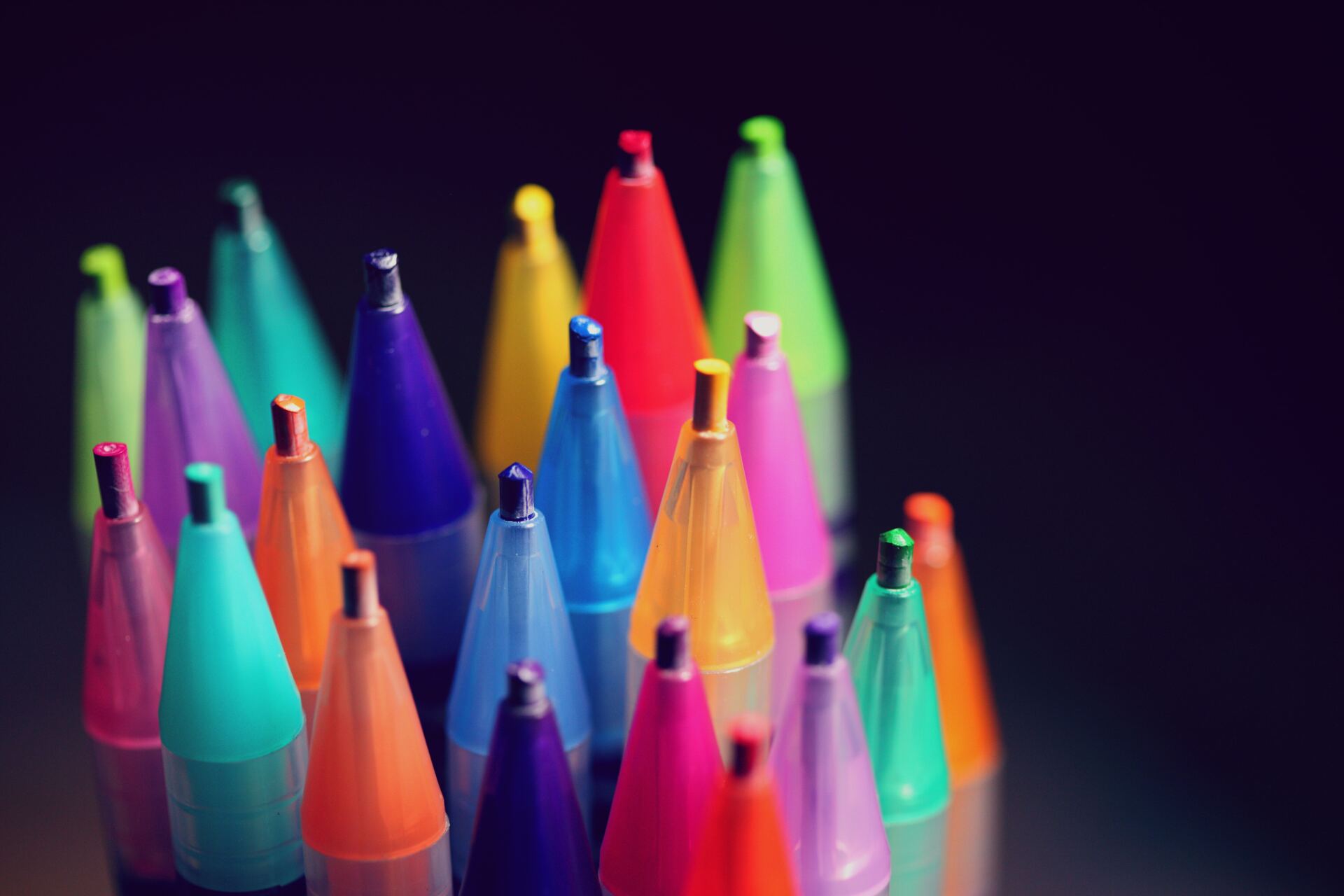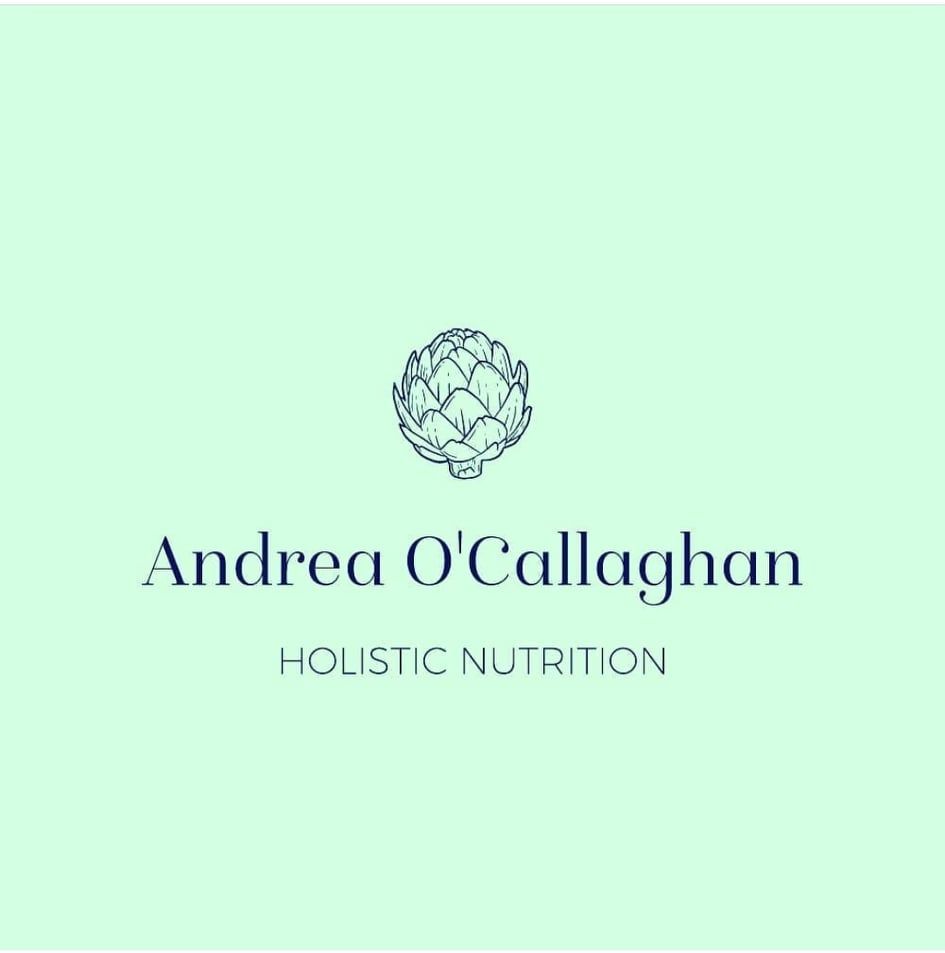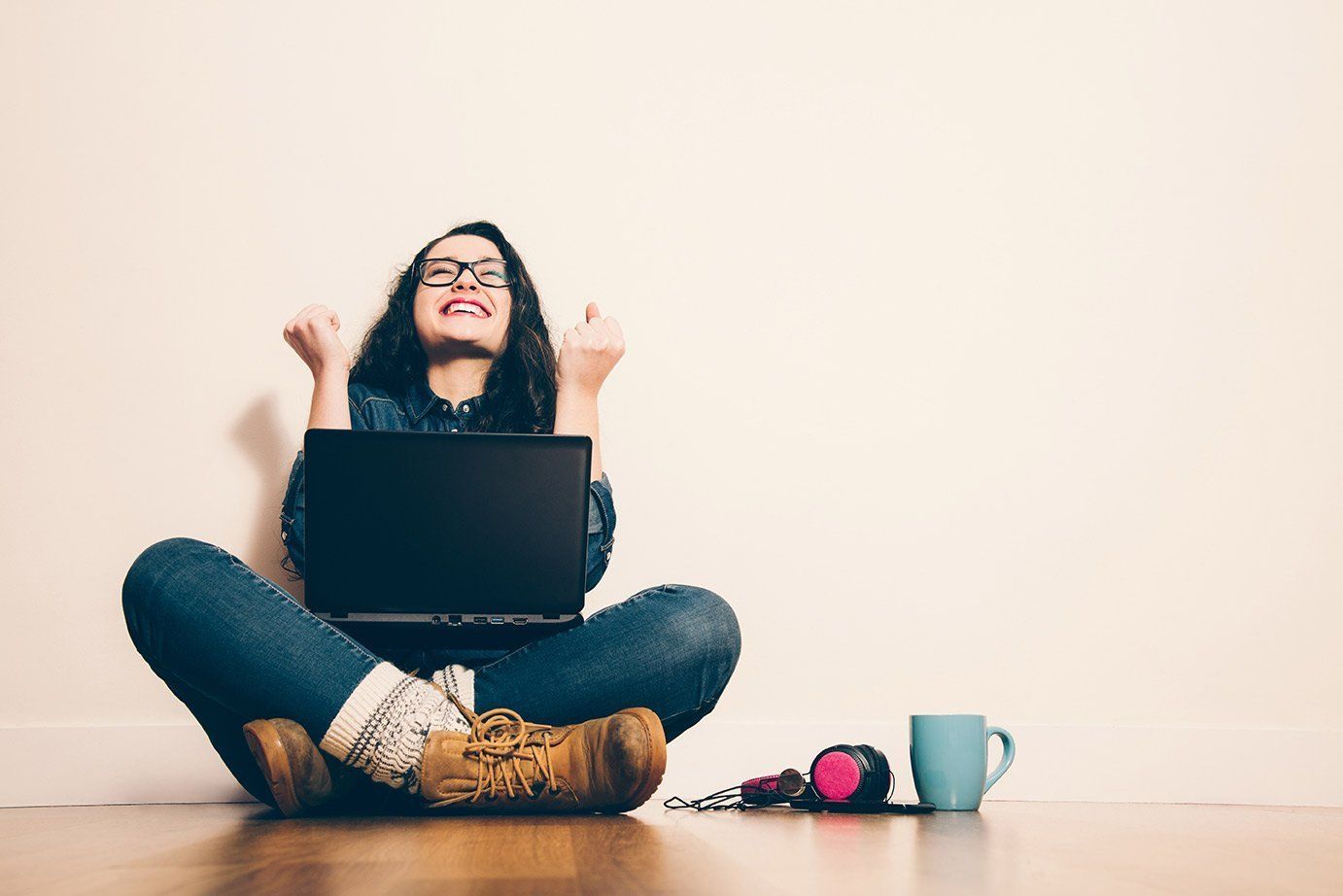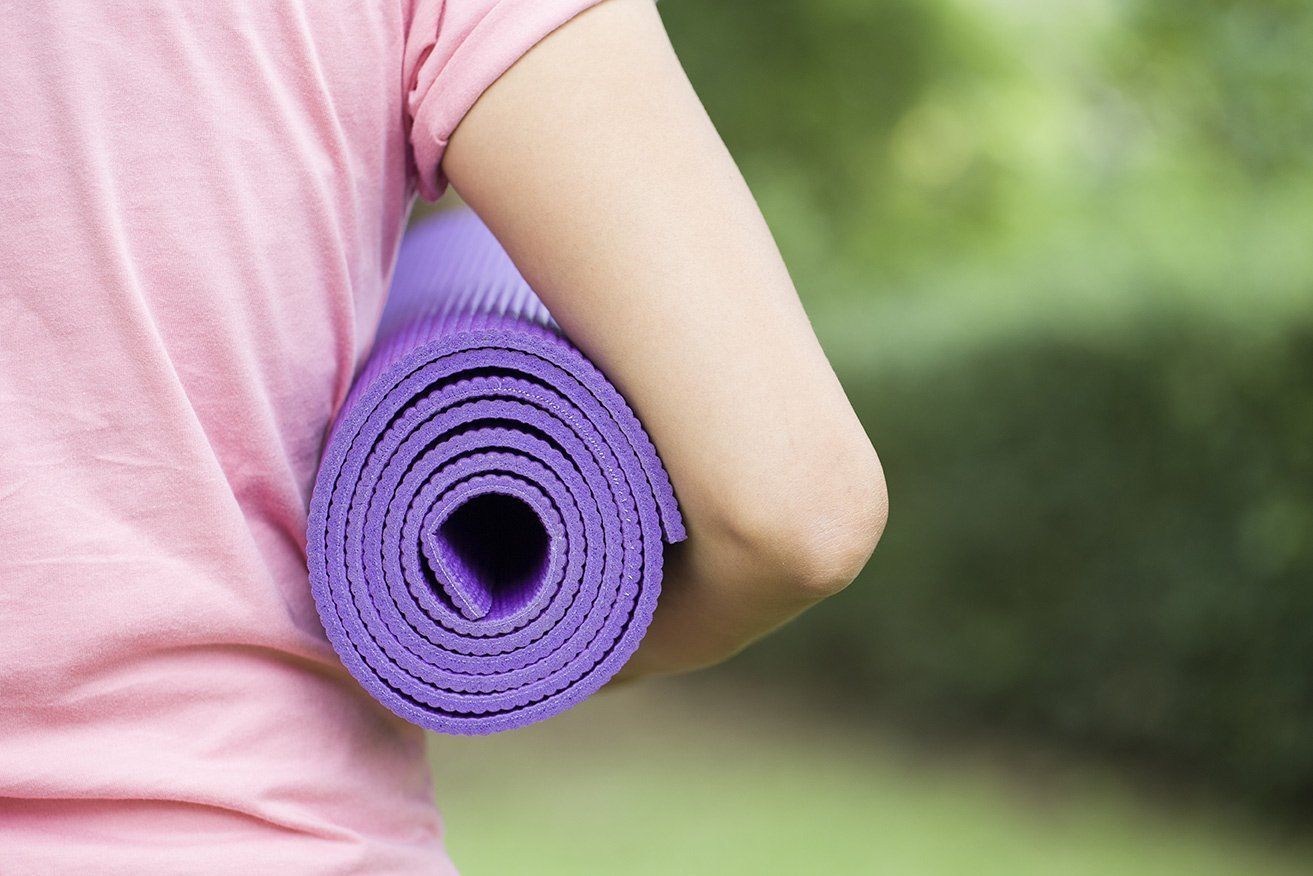How to Use Less Plastic.
Andrea O'Callaghan • May 2, 2020
Plastic is used everywhere. From packaging, medical supplies, clothing, and cosmetic containers to electronics and furniture. It’s even used to line tin cans. Look around your home and just see how many items are made of plastic. And the use of vast amounts of plastic is causing us environmental issues and potential health hazards.
The good news is that there are many options for using less plastic. This requires establishing new habits, which is not difficult, and in some cases will even save you money.
Let’s start talking about why we should use less plastic.
Issues with Plastic:
· Plastic is made from petroleum and other petrochemicals which consumes vast amounts of natural resources.
· It contains harmful chemicals such as Bisphenol A (BPA) which was added to the process to make plastic soft, so it could bend and be formed into different items like containers, shopping bags, water bottles, baggies, and plastic wrap. BPA was originally designed as a synthetic estrogen for women. However, it was discovered it made plastic soft. Now we are just getting trace amounts in our food and beverages and from our clothes if they are made from polyester.
· It’s not biodegradable. What does that mean? It doesn’t easily break down into single molecules and make its way back into the earth. How long does it take to break down? It can take less than a year or up to 50 years. It depends on the type and quality of the plastic. It also depends on where it’s residing. Plastic in warm ocean water degrades faster than plastic in landfill.
· When it degrades, it’s not producing any useful molecules nature can use. It’s actually breaking down into toxic chemicals and polluting the earth more than when it was a plastic.
· Plastic pollution in the oceans, beaches, and land is a big problem. The most common items found are straws, plastic wrap, bottles, and bags – with many of these showing up on beaches or seen floating in the water. They are even showing up in places where people don’t go.
· Plastic bags, straws, and other types of soft plastics like these are harmful to wildlife.
How to Use Less Plastic:
1. Avoid buying items packaged in plastic. This is difficult, but the more you think about it, the more options you will find.
Buy fruits and vegetables as single items, not packaged.
Look for items in glass jars.
Purchase dessert items at bakeries that still use cardboard boxes or paper bags.
Ask the butcher, if your grocery store still has a butcher department, if he can package your meat or fish in the thick waxed paper they previously used. Many butchers still use it when you buy items in the display case as opposed to the refrigerator and freezer bunker or case.
2. Look for detergents and other products in boxes. They still exist.
3. Use cloth shopping bags or support stores that have switched to plastic corn bags. However, it should be noted that if these plastic bags end up in the landfill, they don’t necessarily degrade faster than the plastic made from petrochemicals. Cloth is best. Just keep these bags in the trunk of your car so they are always handy. You can also purchase eco produce bags (sometimes found at your local grocery store). Take these bags with you when you purchase your produce and use these instead of the plastic bags provided.
4. Wear clothing made of natural materials such as cotton, wool, or silk instead of synthetic materials such as polyester. When washing synthetic clothing, fibres flake off, and these tiny pieces of microplastic are showing up in our water systems. Even clothing that is a mixture of natural fabric and polyester is better than 100% polyester. Polyester also doesn’t breathe, and this means body odour will be more prevalent from sweating.
5. Don’t throw old electronics in the trash to get rid of them. Take them to a facility that will recycle them or give them to a person who repairs electronics as the parts may be useful.
6. Be the one to reuse the plastic. This is called upcycling. If you are creative and crafty, there are many things you can do with plastic bottles and bags. Just google “upcycling plastic” for sites that have ideas and instructions.
Lowering Single-Use Plastic:
Plastic containers have the advantage that they can be used over and over again. They last for years. From a pollution perspective, this is better. While the production of the plastic is not environmentally-friendly, we can at least produce less when it’s reusable. However, single-use plastic, where we use it once and throw it away, is one of the biggest concerns.
Here are some easy suggestions to reduce single-use plastic:
Reusable Plastic Wrap.
There is now reusable wrap available, usually made from beeswax and other biodegradable ingredients, that can be pressed around the jar or food that you are storing. These wraps can be reused up to 150 times and can be washed. They are suitable for wrapping lunches and storing foods in the refrigerator. They can also be used for storage in the freezer for up to 30 days. They are breathable, which means air can pass through them. This makes the food less prone to mold. Plastic does not breathe.
· Abeego:
https://canada.abeego.com/
Don’t Use Plastic Straws.
They’re not needed. And if you do want to use one, purchase a stainless steel or glass straw. It can be washed and used over and over again indefinitely.
Purchase a Stainless Steel or Glass Water Bottle.
Fill it with good quality water. If you like bottled spring water, get a water cooler for your home from a company that has glass jugs. Fill your reusable bottle at home. It’s not only good for the environment, it will save you money.
Bring a Mug to Work.
By doing this, you won’t rely on plastic cups for coffee or water. Use a mug with a lid so when you get your favourite coffee to go, just hand your mug to the clerk to fill.
Bring Your Own Container for Takeout and Leftovers When You Eat Out.
Even if you’re ordering takeout – pick it up and ask them to put it in your containers when you arrive. This may seem like an awkward thing to do, but you won’t be the only one asking.
Avoid Using Disposable Plastic Plates, Cups, and Cutlery.
There may be occasions when you have to purchase disposable cutlery and plates. Look for ones that are made from recycled paper or biodegradable plastic. However, try to use real plates and cutlery. Don’t be afraid to ask people to bring their own plates and cutlery to the family picnic.
Stop Using Plastic Bags for Storage.
It’s better to store food in harder plastic containers than use plastic bags. There are also glass and stainless-steel containers that can be used for storing lunches or food in the refrigerator. The glass containers usually have plastic lids to go with them but that is still less plastic.
Using less plastic will send a signal to manufacturers that they need to have better environmental options for their products. Don’t be afraid to contact companies who make products that you like. Let them know that you want them to use less plastic.
A Good News Story: 4Ocean is a company that recycles plastic retrieved from the ocean and turns it into bracelets. It was started by two surfers who were upset about surfing amongst the garbage. It is quite a success story and in some parts of the world has helped revive local economies. Watch the video to learn more. This is just one idea, one solution. Humans can be very creative, and we can solve the environmental and health problems that have been created by pollution and toxic chemicals.

The formula is simple: Diverse diet = Diverse microbes = Good health . That is all we have to do help improve our gut health. The problem is we do not have a diverse diet. I remember when I used to eat the same thing for breakfast EVERY DAY when I was in high school, for example (we won't dwell too long on the fact that it was cinnamon sugar toast) . Even as I got more health conscious and upgraded my breakfasts to include smoothies, I would make a smoothie every morning! Definitely an improvement over cinnamon sugar toast, but the same thing every day is not ideal, either. This is not just about a processed diet vs whole food diet. Yes, a processed food diet is bad for our good microb es, but a whole food diet that is not diverse can also be problematic for the diversity of our gut. Most of us consume no more than 15 different foods in a week. This is not diversity, even if we hit all the food groups. Then there are those who choose to el iminate food groups such as grains and legumes. T his is taking out a range of substantial foods that will feed many beneficial bacterial species. And believe it or not, there are still people – adult people – who refuse to eat vegetables, and they are prou d of it. Again, vegetables represent all kinds of foods that will feed a lot of different species. This is just basic diversity, and it gets more complicated. So not only do we all need to be more adventurous and try to eat different foods, we need to eat d ifferent varieties of the same food. This is one of biggest changes we have had in our diets that make us different from our ancestors. They ate a greater variety of foods than we eat today, and they grew different varieties of the same food. This was g ood for the soil, it helped protect them against potential crop loss, and it increased the nutrients available to them in their diet. J ust like with money, it is important to diversify. Today, agriculture does not function that way. Farmers grow few crop types, and seldo m do they grow more than one variety of the same crop. There are over 6000 varieties of tomatoes – each one has different properties and a different nutrient composition!! We are missing out on a lot. And while we cannot possibly consume 6000 different vari eties, we can expand our repertoire, especially in the summer, and seek out as many varieties as we can find. Heirloom varieties are something I get really excited about when it comes to growing things in my own garden. So while researchers continue to unravel the mystery of our gut and figure out what we should feed it, specifically for specific benefits, we can d o more to increase the diversity and build a stronger gut by eating new foods. This week, buy three new foods you do not eat regularly. They can be foods you have never had or foods you like but for some reason never buy. Here are a few things you can do t o diversify: Buy yellow or rainbow beets instead of red beets. Choose purple or white carrots instead of orange. Look for heritage varieties and buy them when you find them. Go to farmer’s markets and talk to the local farmers. Generally, these are the farmers who still grow a variety of crops. Let them know you are interested in trying different varieties of tomatoes or potatoes etc. Shop at ethnic stores and look for new grains and legumes. Go to ethnic restaurants - this way someone else can prepare the foods for you. Think of the fun and adventure you can have – you and your microbes will be happier!! Reference: Mark L. Heiman, Frank L. Green way. A healthy gastrointestinal microbiome is dependent on dietary diversity. Molecular Metabolism, 2016; DOI: 10.1016/j.molmet.2016.02.005


